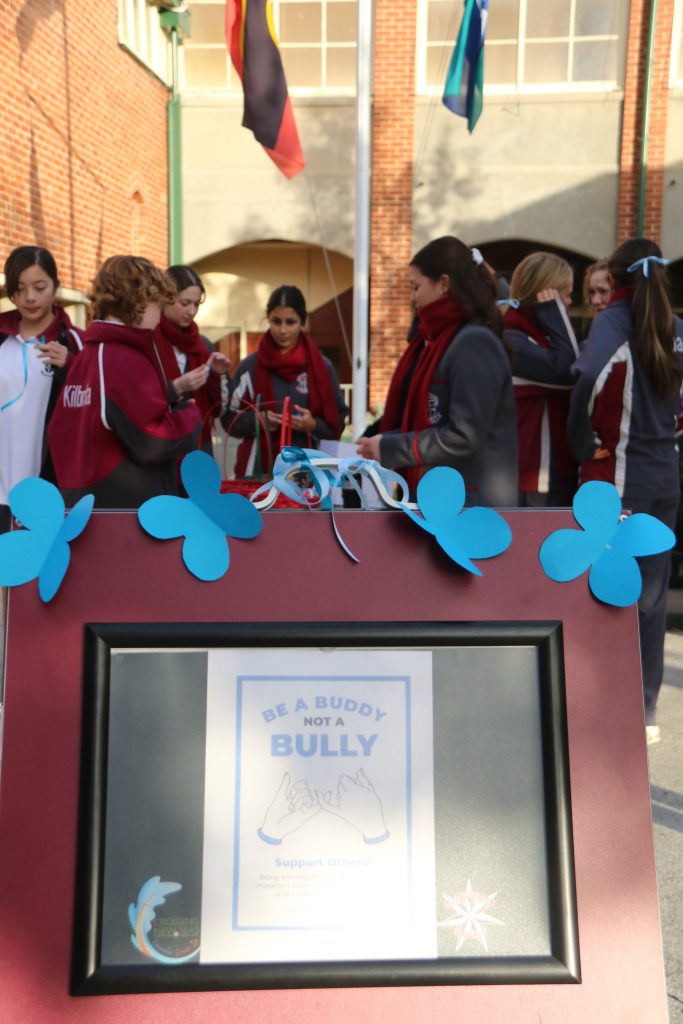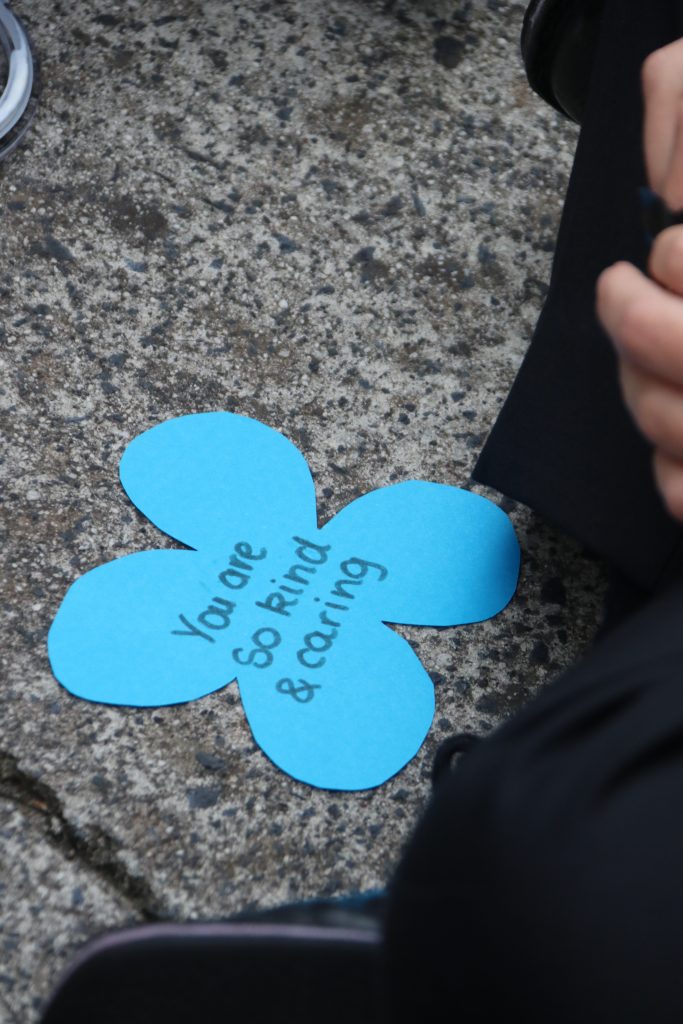Wellbeing and Engagement

Protecting Our Children: Understanding and Combating Sextortion
Sextortion is a rapidly growing crime targeting children in Australia. This threat poses a serious risk to the safety and wellbeing of our young people, making it crucial for all of us to stay informed and vigilant. Many of you may have seen the recent media coverage highlighting the sharp rise in sextortion cases, particularly among teenage boys and young adult males. These victims are often targeted by loosely organised cyber-criminal gangs based in West Africa or Southeast Asia. The extortion formula is simple, with scripts and detailed “how-to” guides shared online and it is often brutally effective.
What is Sextortion?
Sextortion is a type of blackmail where someone threatens to share a nude or sexual image or video of a person unless their demands are met. These demands can range from more explicit content to money or other forms of payment. Disturbingly, the Australian Centre to Counter Child Exploitation (ACCCE) reports around 300 cases of sextortion targeting children each month.
Warning Signs
Australian Federal Police Commander Helen Schneider emphasises the importance of recognising the warning signs of sextortion. As parents and carers, here are key indicators to watch for:
1. Unsolicited Friend Requests: Strangers or unknown individuals sending friend or follow requests.
2. Sexualised Conversations: Sudden and unsolicited sexual questions or discussions from new contacts.
3. Instantly Receiving Sexual Images: Receiving sexual images from a fake profile that then asks for similar images in return.
4. Platform Hopping: Being asked to move a conversation from one app to another.
5. Language Discrepancies: Noticing that the person’s English may not be their first language.
6. Technical Excuses: The fake profile claiming their webcam or microphone is not working to avoid video verification.
7. False Promises: The profile promising to delete content if their demands are met.
Taking Action
If your child becomes a victim of sextortion, immediate action is critical to protect them and stop the perpetrator:
1. Do Not Comply: Advise your child not to send any more explicit content or pay any demands.
2. Document Everything: Take screenshots of the threatening messages for police reports.
3. Block and Report: Block the fake profile and report it to the platform administrators.
4. Report the Crime: Report the incident to the ACCCE. In reporting this crime, evidence such as the contact details of the perpetrator, descriptions of the threats and the platforms used should be collected.
5. Seek Support: Access mental health support if needed. The Kids Helpline offers free and confidential counselling sessions.
Additional Resources
To further support the community, the Australian Federal Police-led ThinkUKnow program has developed resources to help identify and respond to sextortion. The Online Blackmail and Sexual Extortion Response Kit is specifically designed for young people aged 13 to 17 and is available on the ThinkUKnow and ACCCE websites found below.
Together, by staying informed and proactive, we can protect our children from the dangers of sextortion. Let’s ensure they know they have our support and resources to stay safe online.
Do It for Dolly Day: A Commitment to Ending Bullying
Do It for Dolly Day was initiated by the parents of Dolly, a 14-year-old girl who tragically took her own life due to relentless bullying. Their mission is to prevent other families from experiencing such a profound loss and to change the culture of bullying. This initiative focuses on addressing the impacts of bullying, anxiety, depression and youth suicide through education and support for young people and their families.



Recently, our SRC committee implemented an Anti-Bullying Awareness Day centred around the theme “Be a Buddy, Not a Bully.” This day was inspired by Do It for Dolly Day and our SRC representatives integrated the colour blue into kind notes and messages for students to share with their peers. Blue hearts and butterflies adorned the College, creating a visually impactful reminder of our commitment to kindness and support.



The blue hair ribbons, as always, were a big hit among students. These ribbons allowed students to visibly show their commitment to anti-bullying and to encourage others to do the same. By participating in these activities, our students demonstrated their solidarity and commitment to fostering a safe and supportive school environment.
Stephanie Smyth
Assistant Principal: Wellbeing and Engagement


